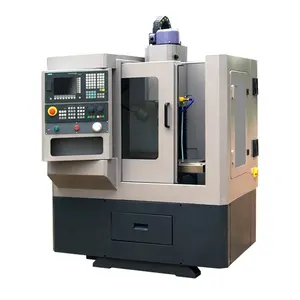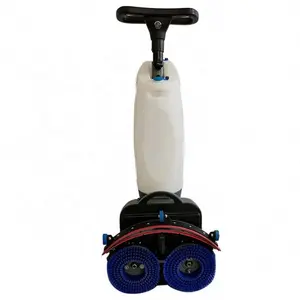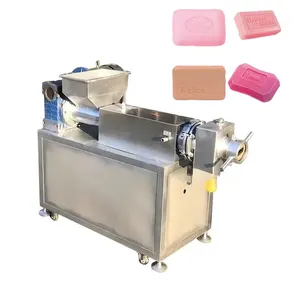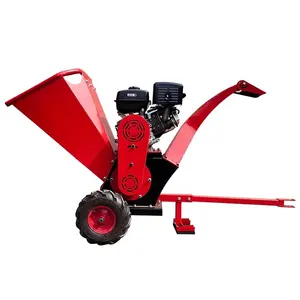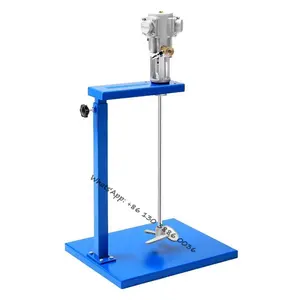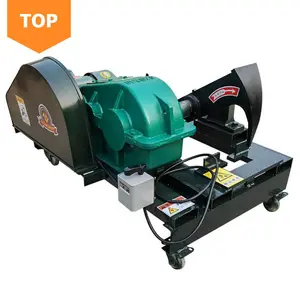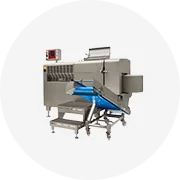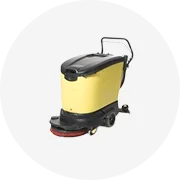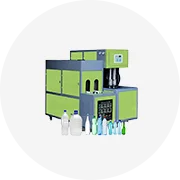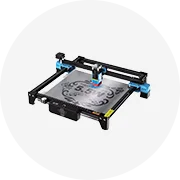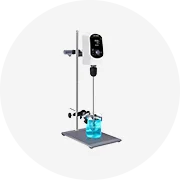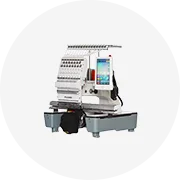Popular na sua indústria






Lâmina de corte circular d3000mm, segmentos de diamante para pedra de granito
€ 2,25
Pedido Mínimo: 320 Peças






Alta Qualidade De Corte Circular/Lâmina Redonda Máquina Faca Para Corte De Papel De Metal Lâmina Serrilhada Lâmina Cortadora Circular
€ 1,87 - € 2,81
Pedido Mínimo: 10 Peças








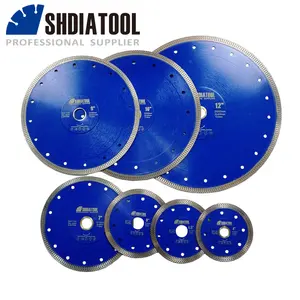





SHDIATOOL Disco de diamante X malha diamante lâmina de serra disco para porcelana telha mármore granito
€ 2,69 - € 30,67
Pedido Mínimo: 1 Peça
Envio por peça: € 18,40







Embalagem máquina industrial lâmina corte filme plástico lâmina serrilhada
€ 8,41 - € 11,21
Pedido Mínimo: 15 Peças







A grande circular viu as lâminas viu a lâmina afiar a máquina viu a lâmina para cortar madeira
€ 1,59 - € 1,82
Pedido Mínimo: 500 Peças


Lâminas cortador madeira punho bolso faca jardinagem ferramentas cogumelo poda faca lâminas duplas
€ 2,04
Pedido Mínimo: 500 Peças






DCHOA Substituível Borda Sharp Heavy Duty SK5 Alto Carbono Aço Utilitário Lâmina Cortador Trapezoidal Lâminas
Pronto para enviar
€ 0,7467 - € 0,9334
Pedido Mínimo: 20 Conjuntos
Envio por peça: € 2,48






Faca fixa multifuncional, lâmina prática para acampamento, sobrevivência ao ar livre, faca reta, de aço inoxidável
Pronto para enviar
€ 4,30 - € 4,66
Pedido Mínimo: 1 Peça
Envio por peça: € 9,34






Popular Craft Knife Blades High Carbon Steel Recarga Hobby Art Blades Lâminas de substituição faca com armazenamento Case
Pronto para enviar
€ 0,5601 - € 0,8214
Pedido Mínimo: 50 Pacotes
Envio por peça: € 1,16






LIVTER Custom Aço De Alta Velocidade Lâmina De Serra Redonda Lâmina De Corte Acessórios Ferramenta Elétrica Serrilhada Lâmina De Serra Redonda HSS
€ 92,41
Pedido Mínimo: 10 Peças
Envio por peça: € 7,64




Lâmina de caneta para unhas com acabamento escovado em V de 1,26" com reforço duplo de cobre e cabo de cobre Pakkawood Mini faca com corrente de bolas
€ 1,20 - € 1,41
Pedido Mínimo: 2400 Peças
Envio por peça: € 0,0747
Principais categorias
Sobre lâmina gravando
Alibaba.com oferece 2104 produtos de lâmina gravando.Há uma vasta variedade de opções de lâmina gravando disponíveis para você, como aço, alumínio e papel. Você também pode escolher entre oem, odm lâmina gravando. Assim como escultura, utilitário faca e escultura faca lâmina gravando. E com a opção de ter o lâmina gravando aço inoxidável, de metal.
